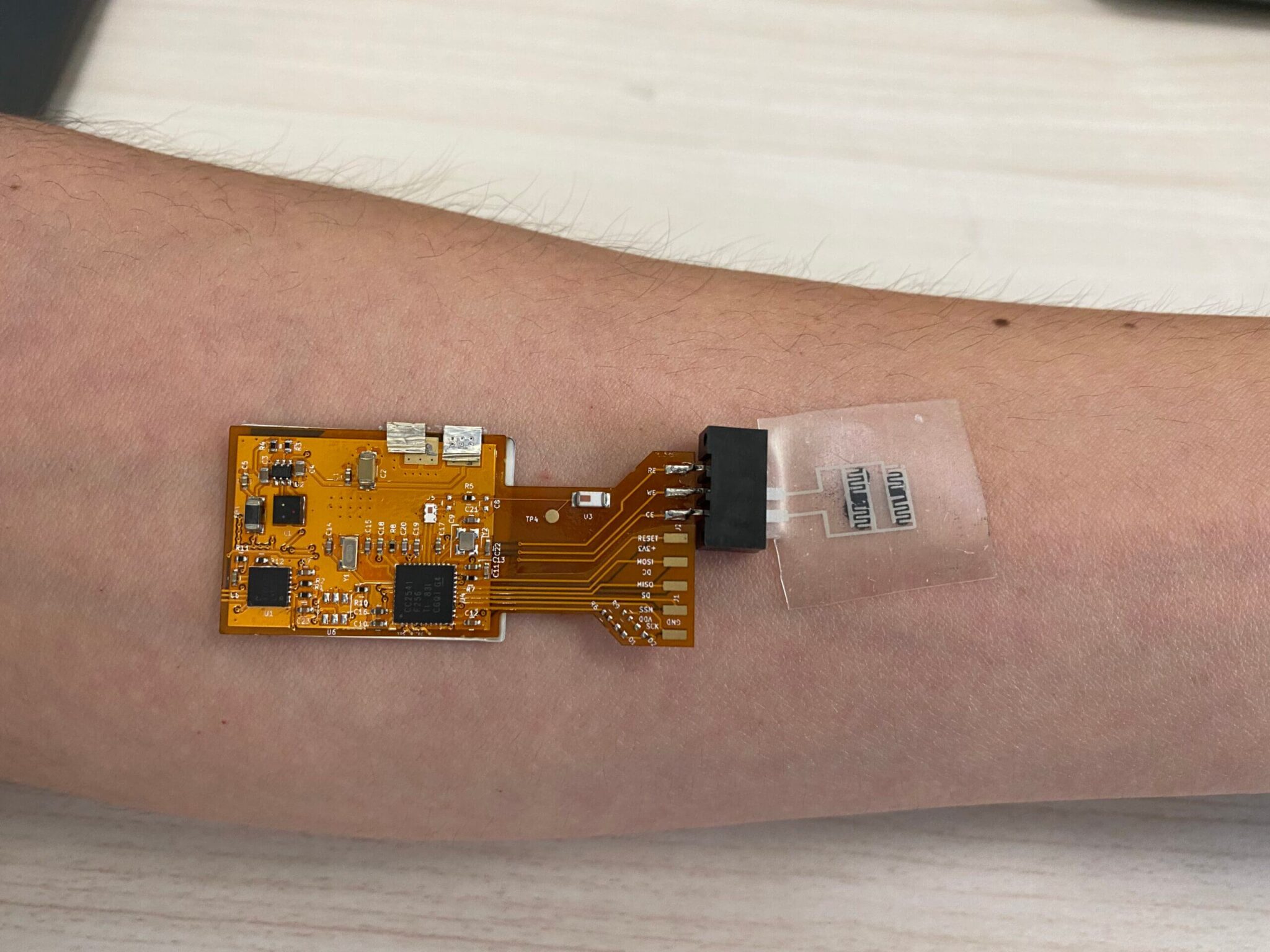"The technology we developed is based on monitoring volatile particles emitted from the human body," explains Prof. Hussam Haik. "Today it is clear to us that such particles indicate different physiological conditions, and the question is which particles to focus on and how to monitor them."

Tuberculosis, the most common infectious disease in the world, claims about 1.8 million victims every year. Most cases of active tuberculosis (about 95%) are in the third world; Today, following the great waves of immigration to the West, this disease has spread to Europe. Tuberculosis patients are also discovered from time to time in Israel, which is why the national program for the eradication of tuberculosis in Israel was established in 1997.
The problem is that since the symptoms of the disease are not easy to diagnose, many of the patients are not diagnosed early enough or not diagnosed at all. It is currently about three million people who are under the radar of the various health systems. Current tests are slow, inaccurate and unavailable in poor and remote areas. As a result, millions of TB patients continue to receive inappropriate, if any, treatment.
Another problem of the disease is latent tuberculosis (LTBI) - a medical condition in which the person is not contagious, but is at risk of developing active tuberculosis. The risk of latent tuberculosis erupting into an active disease depends on the person's immune status and is increased as a result of smoking, malnutrition and other environmental influences.
According to the World Health Organization, a cheap and quick test is the order of the hour, and this is the background to the publication of a groundbreaking study in the journal Advanced Science - an innovative technology for monitoring hidden tuberculosis, using a system that adheres to the subject's skin.
The technology was developed in the laboratory for nanomaterials-based devices in the Wolfson Faculty of Chemical Engineering at the Technion in the research group of Prof. Hussam Haik, as part of the research work of Dr. Rotam Vyshinkin. "The technology we developed is based on monitoring volatile particles emitted from the human body," explains Prof. Haik. "Today it is clear to us that such particles indicate different physiological conditions, and the question is which particles to focus on and how to monitor them."
The research was supported by the Bill and Melinda Gates Foundation and received personal interest from Bill Gates. Today, the project to develop the sticker continues in collaboration with A-Patch - an international association led by Prof. Haik, supported by the European Union's grant program. Dr. Vyshinkin, the association's scientific director, explains that "the innovative technology, which was tested on a large population of subjects in India and South Africa, demonstrated high accuracy in diagnosing active tuberculosis as well as latent tuberculosis - a sensitivity higher than 90%." The current challenge is to reduce our system to a sticker (plaster) that will be attached to the subject's skin."
The researchers believe that future versions of the technology will enable quick and cheap monitoring of other diseases such as other infectious diseases, diabetes and heart disease. This is a platform that enables quick and simple monitoring that can be performed anywhere in the world, while uploading the results to a dedicated cloud, and all this without the need for an electrical network and skilled professionals.
for the scientific article
More of the topic in Hayadan:
- Researchers at the Faculty of Biology at the Technion propose a new strategy to combat the HIV-1 virus
- Prof. Hussam Haik will receive a grant from the Gates Foundation to develop an autonomous system for diagnosing tuberculosis
- An algorithm that may predict the chance of contracting tuberculosis
- The test that can end tuberculosis
- Hussam Haik presents: a new technology for the early diagnosis of stomach cancer
- Rapid development of medicines with the help of bionic chips, without the need for animal experiments

One response
Why skin and not breath? Tuberculosis is a lung disease